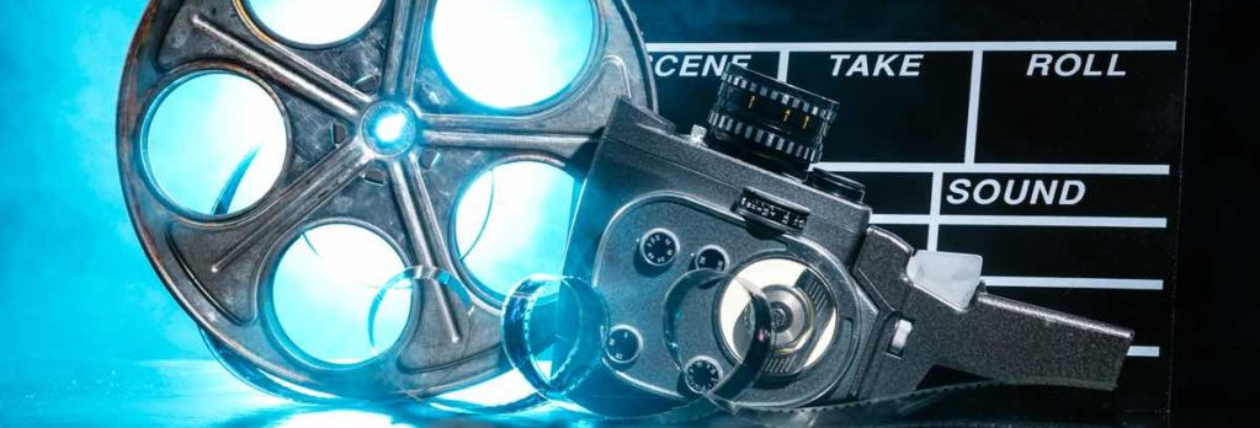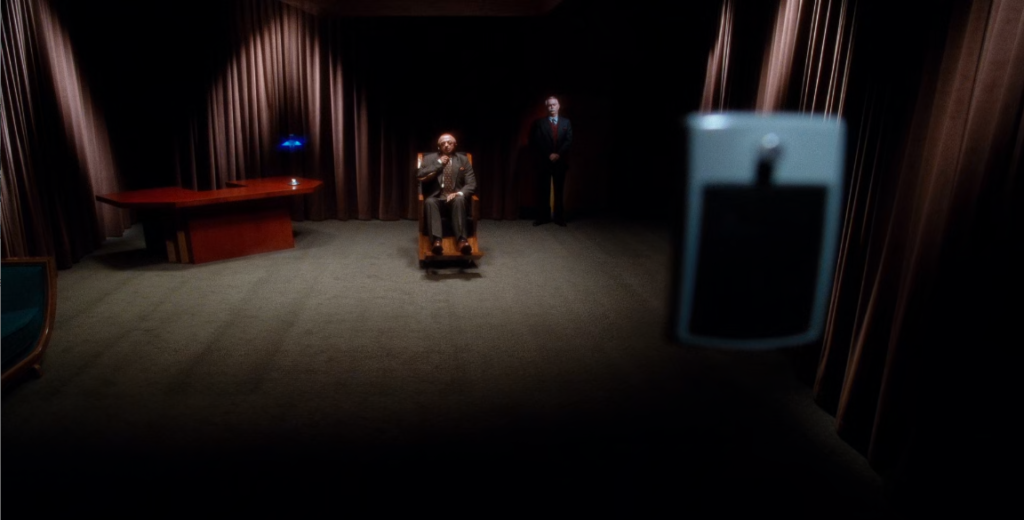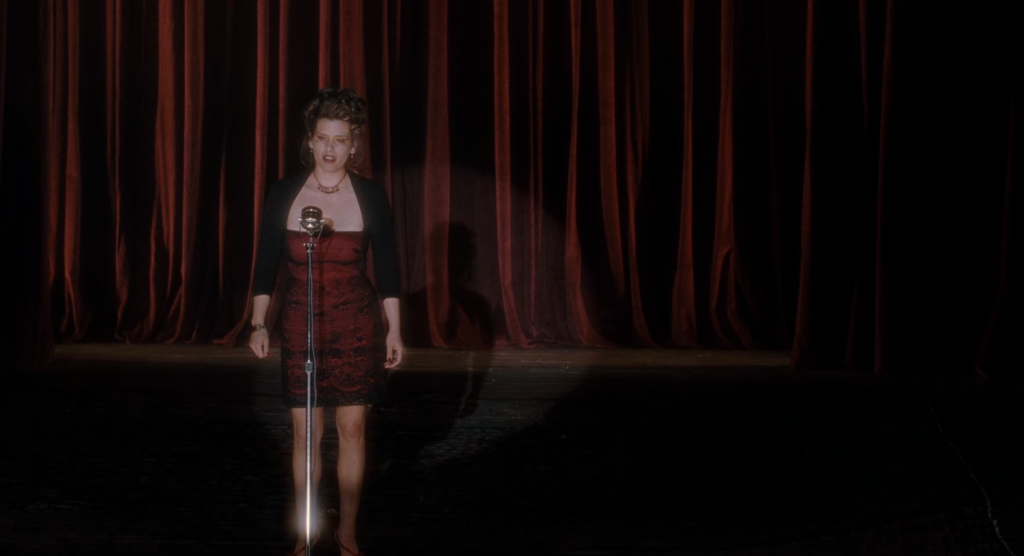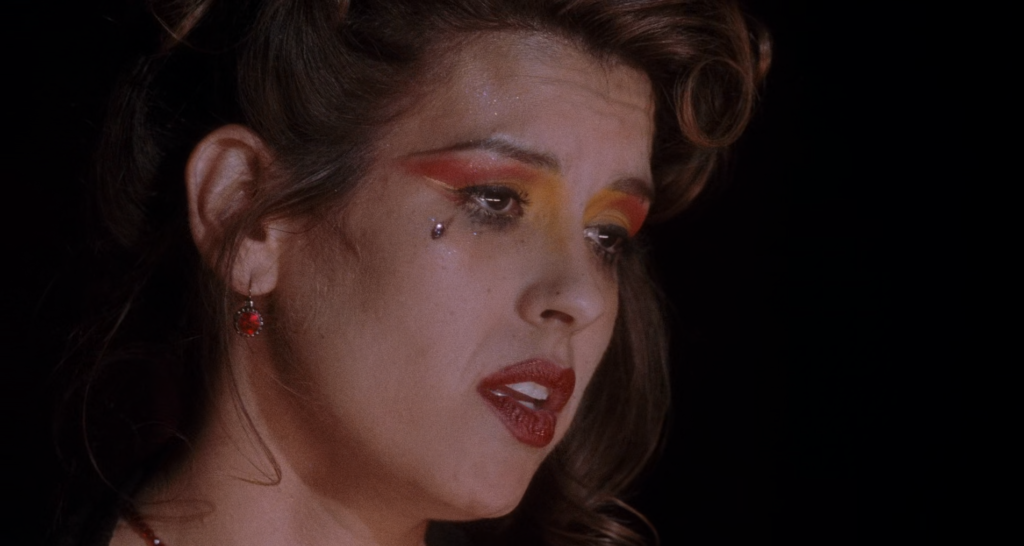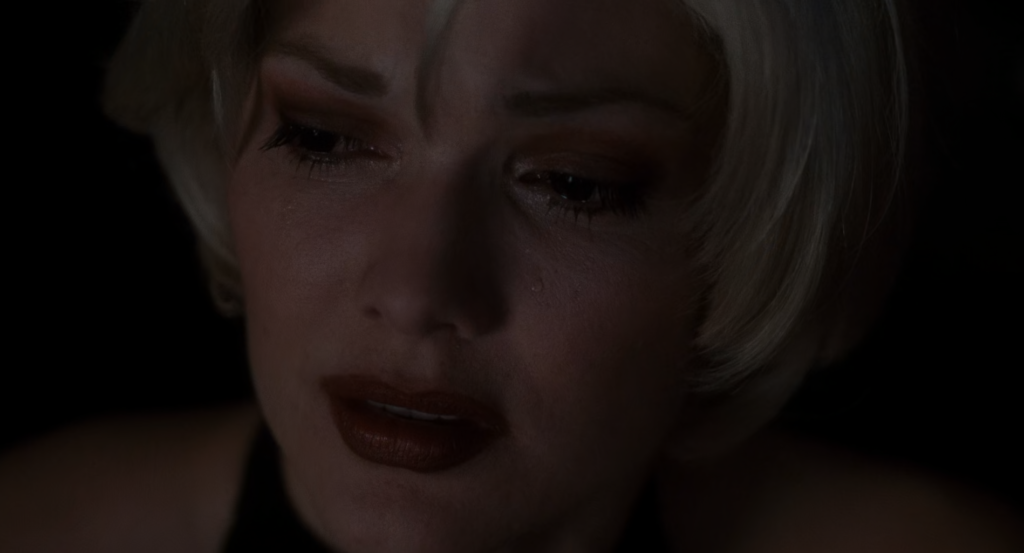Industrial Contexts –
Due to what can be perceived as Lynch’s’ satirical approach on Hollywood within the Film, he often struggled for financing and support from Hollywood studios. Originally intended as TV show, it was axed early on within the weeks of its production. As a result Lynch decided to use the existing film as well as some additional scenes to create his feature film.
How this is depicted in Mullholland Drive can be seen through character Adam, a director within the film, who experiences the hardships and shadowy running’s within the Hollywood system.
Socio-political & Cultural Contexts –
Socio-political –
Emerging during the start to a new millennium (2001), Mullholland Drive brought about a gritty depiction of reality that women face within the Hollywood system. Covering topics such as sexism and misogyny, this early representation would go on to be used within support of the #metoo movement in 2006 where women’s treatment in the industry would come more to light.
Cultural –
Inspired by the European surrealist movement of the 1920s-1950s, the main aim was to unite the conscious and unconscious mind. Categorised as apart of the American postmodern film movement of the 1990’s/early 2000’s the film depicts the character’s world as a hyper-reality. Following a non-linear structure the film within its self contains many intertextual references. The film makes use of its influences such as Gilda (Vidor, 1946) and paintings of Edward Hopper. The Film in itself can said to be influenced by Sunset Boulevard (Wilder, 1950), which also follows a plot of an actress looking for work within Hollywood, on Mullholland Drive.



